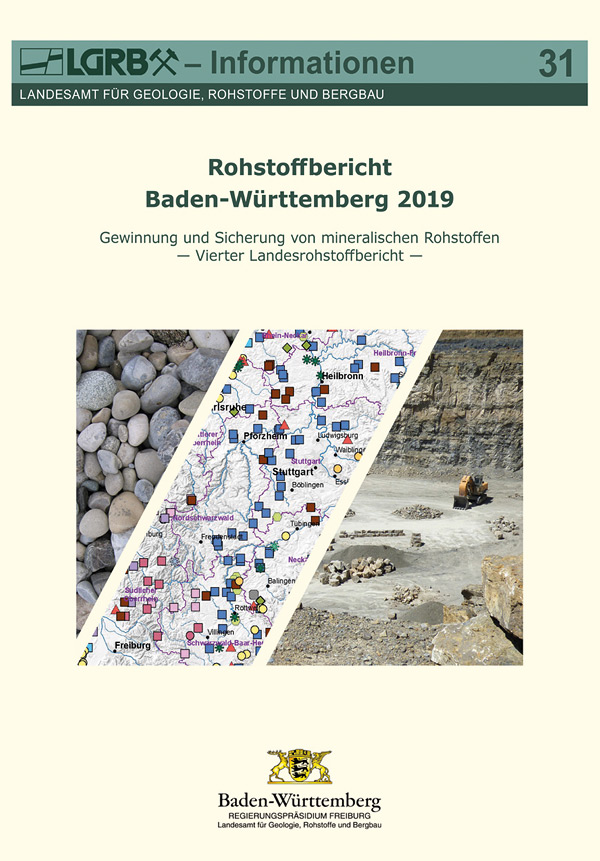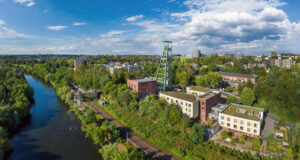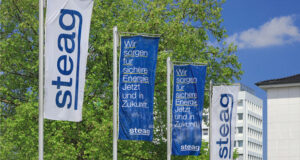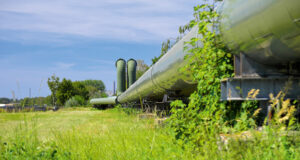
Fig. 1. Cover picture of LGRB information 31 “Raw materials report Baden-Württemberg 2019”. // Bild 1. Titelbild der LGRB-Informationen 31 „Rohstoffbericht Baden-Württemberg 2019“. Photo/Foto: LGRB
Baden-Württemberg is rich in mineral resources. In almost 500 extraction locations around 96 M t of mineral resources such as limestone, gravel and sand, gypsum, rock salt, as well as numerous other raw materials, were mined in 2017 and primarily used for the supply of the domestic construction industry. The State Office for Geology, Raw Materials and Mining (LGRB), Freiburg i. Br./Germany, has now compiled the fourth raw materials report, in which updated figures, data and facts on the raw materials situation in the state also contribute to the objective discussion on raw material extraction. In the 2019 Raw Materials Report (Figure 1), the developments in the output and production volumes, as well as the number of extraction sites for all raw materials groups and five selected planning regions, were examined in detail. The current most important mined raw materials of the state are natural stone (limestone, vulcanite, plutonite, metamorphic rocks and sandstone) with around 39.9 M t and gravel and sand (incl. slack) without around 37 M t. Since the low in 2003 (87.2 M t), the total output (96.2 M t) has increased by 10.2 %, which can mainly be traced back to the increased extraction of natural stone. With 630 quarrying sites in operation, the number of extraction sites reached its maximum in 2000. Since then the number has fallen to 494 quarrying sites in 2017 (drop of almost 22 %). The LGRB does not have any forecasts on the future development of consumption. However, the future requirement of raw materials can be estimated from the outputs already mined in recent years. The static lifetime of the reserves, i. e. the ratio of the current approved reserves of a raw materials group to the annual output, is the highest at 48 to 52 years for the raw materials for brickworks, natural stones and cement raw materials, whereas the static lifetime of the bulk raw materials sandy gravel, sulfate rocks, carbonate rocks and (partly gravelly) sand is the lowest at 15, 15, 21 and 22 years respectively. In addition, the question concerning the supply situation is examined in more detail in the current report using the example of the raw materials groups sand, high-purity limestone and sulfate rocks. Apart from the static lifetime of the reserves, in the fourth raw materials report the land use by open quarrying areas or other use such as protected areas and built-up areas are compared. The proportion of open quarrying areas has fallen from around 0.2 % to the current value of 0.15 % (around 5,260 ha) since the 2006 Raw Materials Report. 72 % of the territory is occupied by protected areas and built-up areas. Without taking into consideration such protected zones, in which mining of raw materials would potentially be possible on a case-by-case basis, this area is roughly 35 %. The 2019 Raw Materials Report with its up-to-date information on the extraction and protection of mineral resources in the state of Baden-Württemberg is not only of interest to licensing authorities and regional planning authorities, but also to companies and the general public. (LGRB/Si.)


